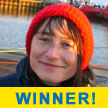
Anna Rabitti
Favourite Thing: Research cruises! Being in the middle of the Ocean and trying to measure it, while just a nice crew and the waves (and a cook!) take care of you..
My CV
Education:
Classic High School in Venice, University of Padova, University of Trieste in Italy. University of Utrecht in the Netherlands
Qualifications:
Msc in Physics, with a thesis in Physical Oceanography
Country I live in:
Netherlands
Work History:
OGS Istituto Nazionale di Oceanografia e Geofisica Sperimentale, in Italy
Current Job:
PhD student – almost post doc –
Employer:
NIOZ Royal Netherlands Institute for Sea Research and Utrecht University
My Interview
Other stuff
Work photos:
This is the tank we use to do experiments on “internal waves” in our lab. If you are interested we can speak about why we put a vertical wall and a tilted wall in the tank: you will be surprised by these crazy “internal waves” (for a preview, click here https://www.youtube.com/watch?v=TMkA_2aGync)
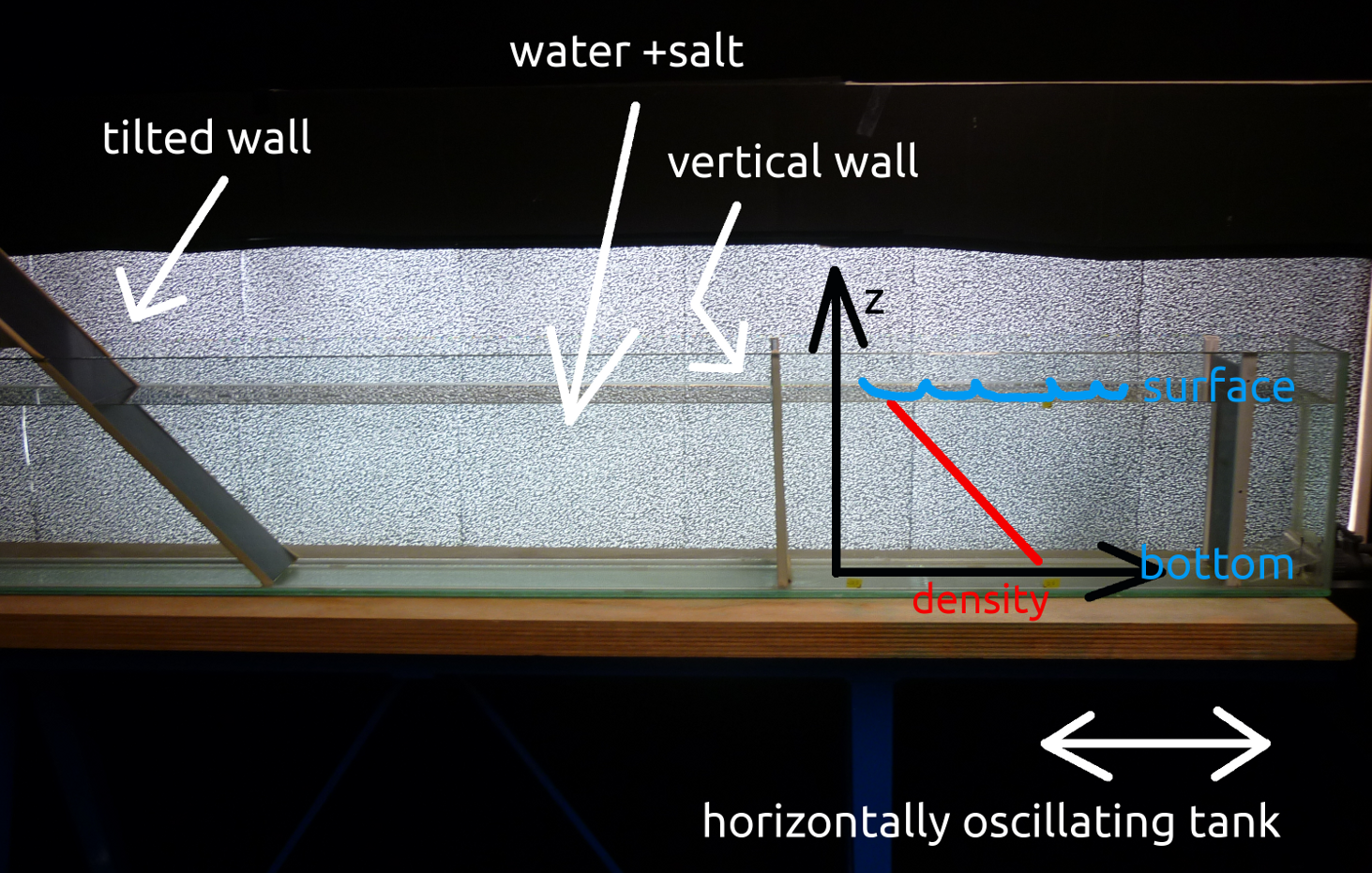
and this is the research ship of my institute: her name is RV Pelagia, and she is about 60 m long, if you are curious
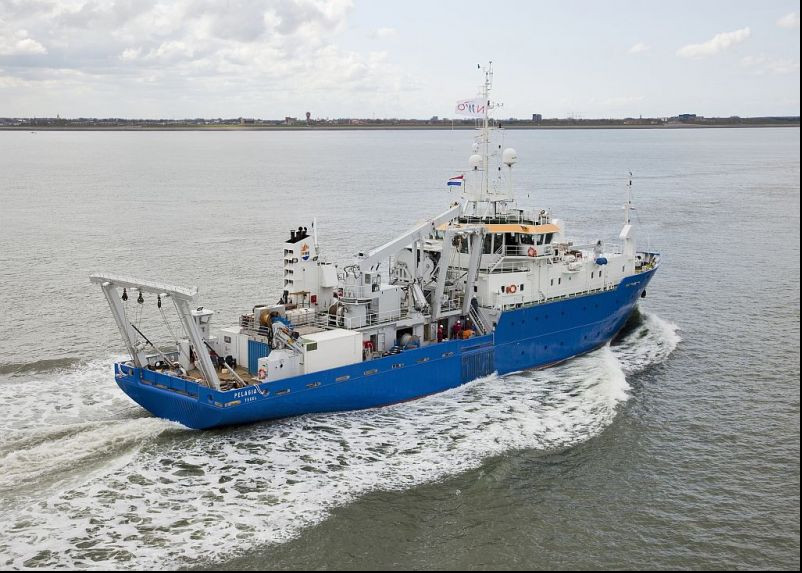
Do you know that you can always check where a ship is in real time?
Just go to https://www.marinetraffic.com/en/ and search for Pelagia (NL)
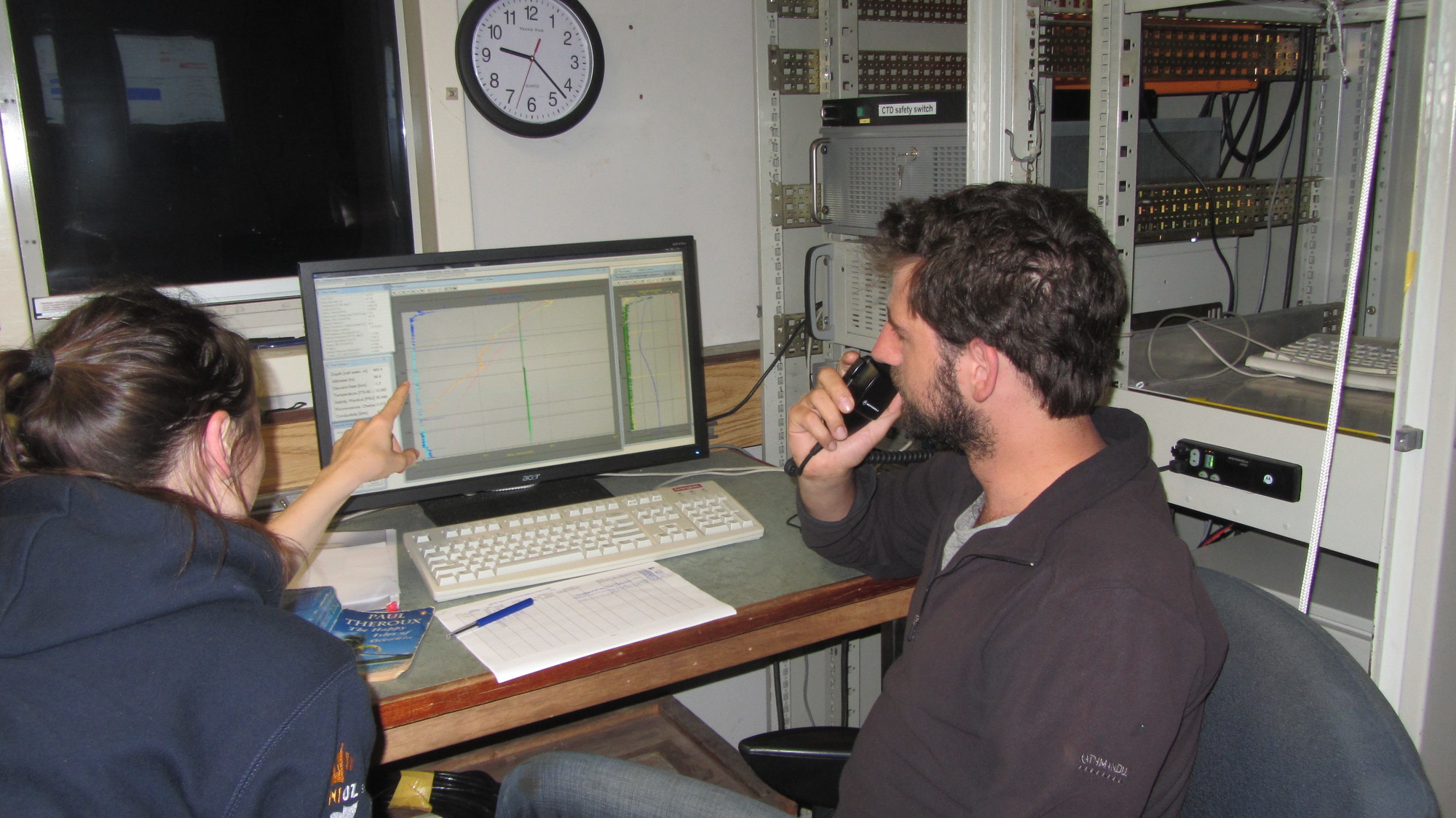
On board of Pelagia, checking in real time acquisition of temperature, salinity and other water properties at 2500 m below the sea surface (I’m on the left)…and yes, is 9.30 pm, on board we work 24/7!
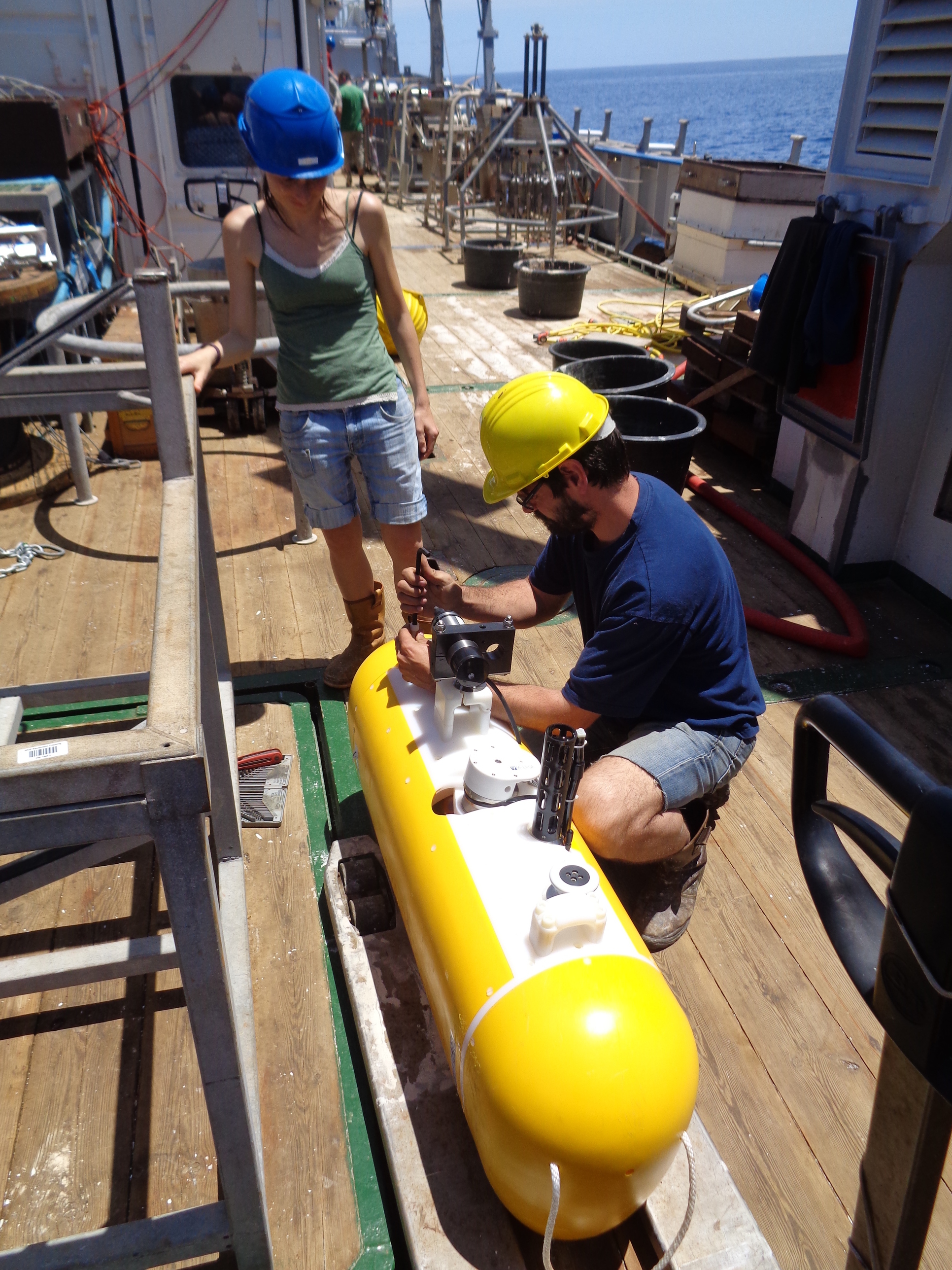
On board of Pelagia, last check before throwing into the water a super-expensive instrument, that will be measuring for us temperature and salinity of the water for the coming year, between 1000 and 2000 m depth. This instrument can in fact change its weight, and thus move up and down for 1000 m along a moored line. If you are in doubt, I’m the one with the blue helmet.
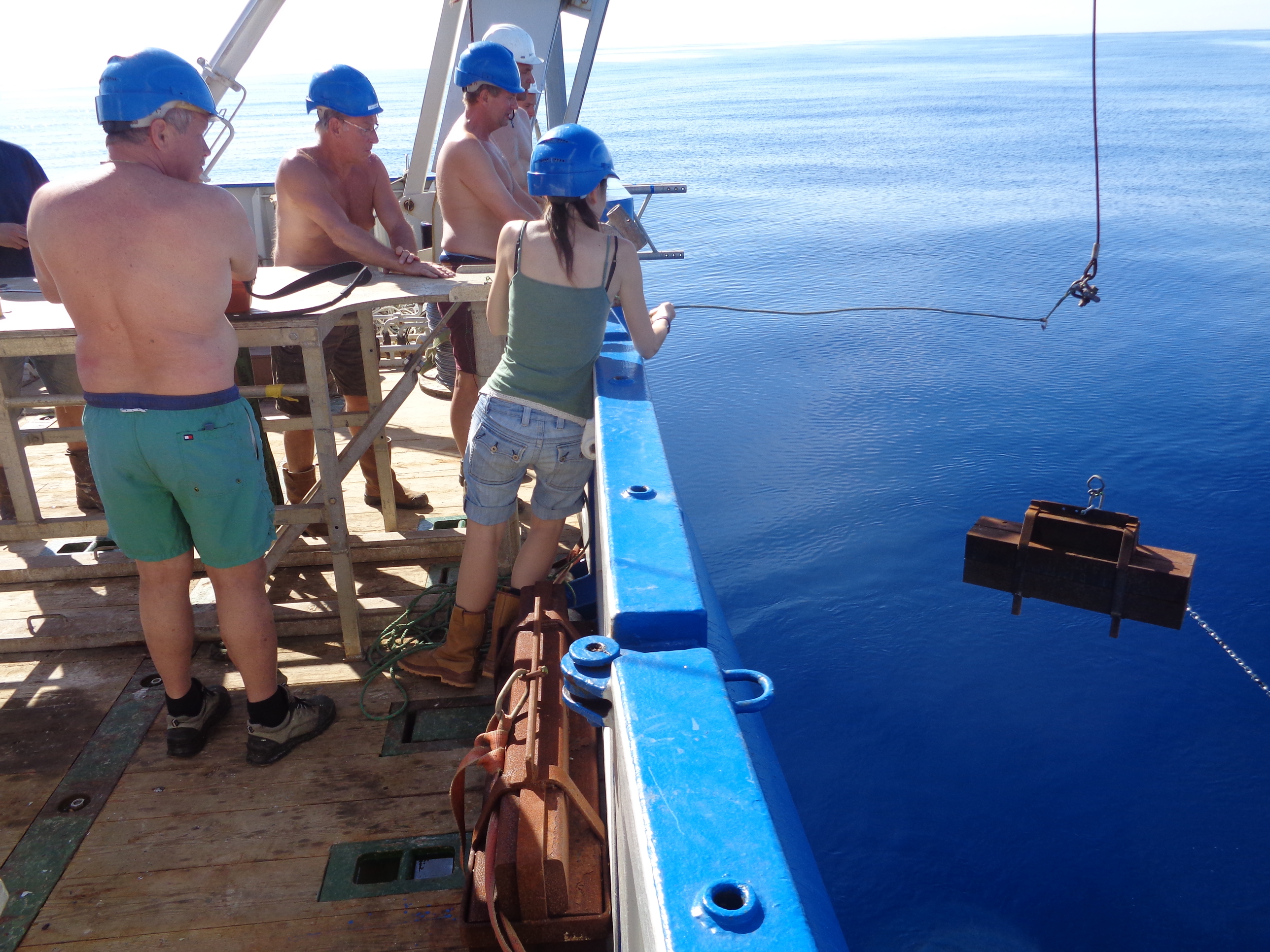
On board of Pelagia, little Anna (in green shirt) is freeing the huge anchor of an oceanographic mooring: a set of instruments we placed in the water, at 2300 m depth, to measure current velocities, temperature and salinity. We will be back in one year to collect the data, hopefully the anchor will do its job and the instruments will be still there! Can you believe the Atlantic Ocean was so flat?!
My profile link:
https://earthj14.imageoscientist.eu/profile/annarabitti/

